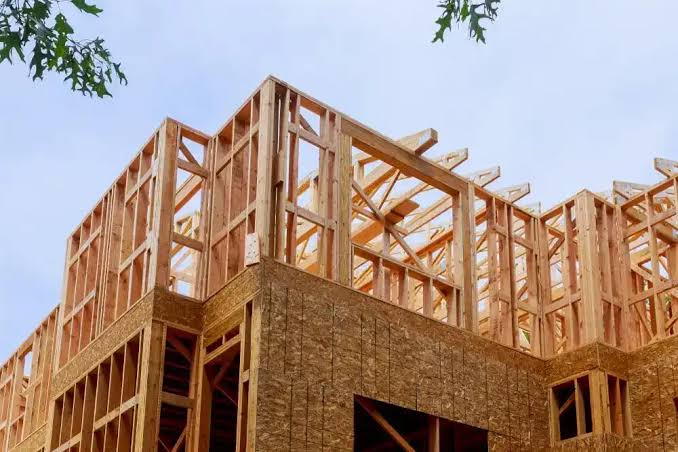Construction sites are bustling hubs of activity, where complex tasks and heavy machinery come together to build everything from homes to high-rises. Ensuring the safety of everyone on site is paramount, yet due to the nature of the work, it can often be challenging. Improving safety on construction sites protects workers, enhances efficiency, and helps avoid costly delays.
This article will explore practical steps and best practices to make construction sites safer for everyone involved.
Methods to Improve Safety on Construction Sites
Construction sites are inherently risky environments. The potential for accidents is high with various moving parts, from cranes and bulldozers to scaffolding and electrical installations. Proper safety measures can significantly reduce the likelihood of injuries and fatalities. However, construction takeoff services can provide accurate project estimates to reduce the possibility of errors while ensuring material installations. Investing in safety isn’t just about compliance; it’s about protecting lives, maintaining productivity, and ensuring that projects stay on schedule.
Develop a Comprehensive Safety Plan
A well-documented safety plan is the cornerstone of any construction site’s safety strategy. This plan should outline procedures for various scenarios, including emergency responses and hazard management. Regularly evaluate potential hazards specific to your site. For example, assess risks associated with working at heights, operating heavy machinery, or handling hazardous materials. Create and communicate emergency response plans for fires, collapses, or medical emergencies.
A comprehensive safety plan provides guidelines and fosters a safety culture by clearly defining expectations for everyone on site.
Invest in Proper Training and Education
Proper training is crucial for improving safety on construction sites. Workers must understand how to operate machinery safely, handle materials correctly, and follow safety protocols. Ensure operators are well-trained in using machinery such as cranes, bulldozers, and forklifts. Train workers on correctly using personal protective equipment (PPE) such as helmets, gloves, and safety harnesses. Construction estimating companies are helping many construction firms educate them about the most valuable ways to improve construction site management.
Regular refresher courses and ongoing education help maintain high safety standards and update workers on the latest safety practices and regulations.
Implement and Maintain Proper Safety Equipment
Providing and maintaining the right safety equipment is essential for protecting workers. This includes personal protective gear and site-specific safety features. Ensure workers have access to and use appropriate PPE, such as hard hats, safety goggles, and high-visibility vests. Clear and visible signs indicate hazards, safety zones, and emergency exits.
Regularly inspect and maintain safety equipment to ensure it remains functional and practical. Proper maintenance helps prevent equipment failures that could lead to accidents.
Foster a Culture of Safety
Creating a culture of safety involves more than just following procedures; it requires active participation and commitment from everyone on site. Supervisors and managers should model safe behaviour and take safety seriously. Their actions set the tone for the rest of the team. Acknowledge and reward workers who consistently adhere to safety protocols. Positive reinforcement encourages continued adherence to safety practices.
Promoting a safety culture helps embed safety into everyone’s daily routines on-site, making it a natural part of the work environment.
Regularly Conduct Safety Audits and Inspections
Routine safety audits and inspections help identify and address potential hazards before they lead to accidents. Regular assessments ensure that safety practices and equipment are up to standard. Ensure that all safety protocols and equipment comply with relevant safety regulations. Analyse any recent incidents or near-misses to understand their causes and prevent recurrence.
Conducting regular safety audits helps maintain high safety standards and ensures that any issues are addressed promptly.
Conclusion
Improving safety on construction sites requires a multifaceted approach involving planning, training, equipment, culture, and ongoing assessment. A proactive approach to safety protects workers and enhances overall project efficiency and success. Safety should always be a top priority, as it is integral to the well-being of your team and the successful completion of your projects. Many estimation companies in USA are providing efficient construction project estimations that not only improve the project efficiency but also promote construction site safety. By implementing these best practices, you contribute to a safer, more productive construction site and ensure everyone can return home safely at the end of the day.
Stay in touch to get more news & updates on Glamourcrunch!











